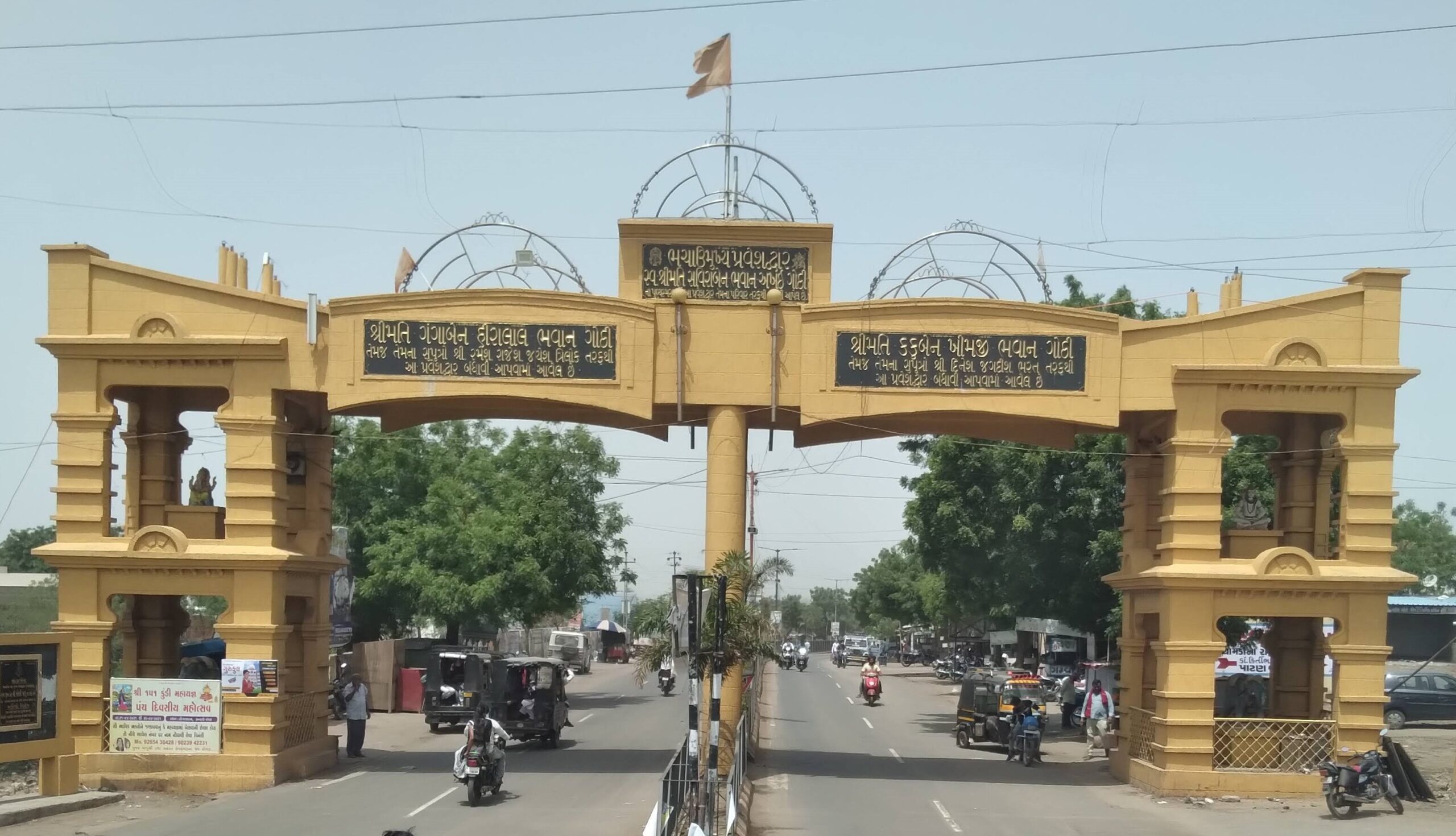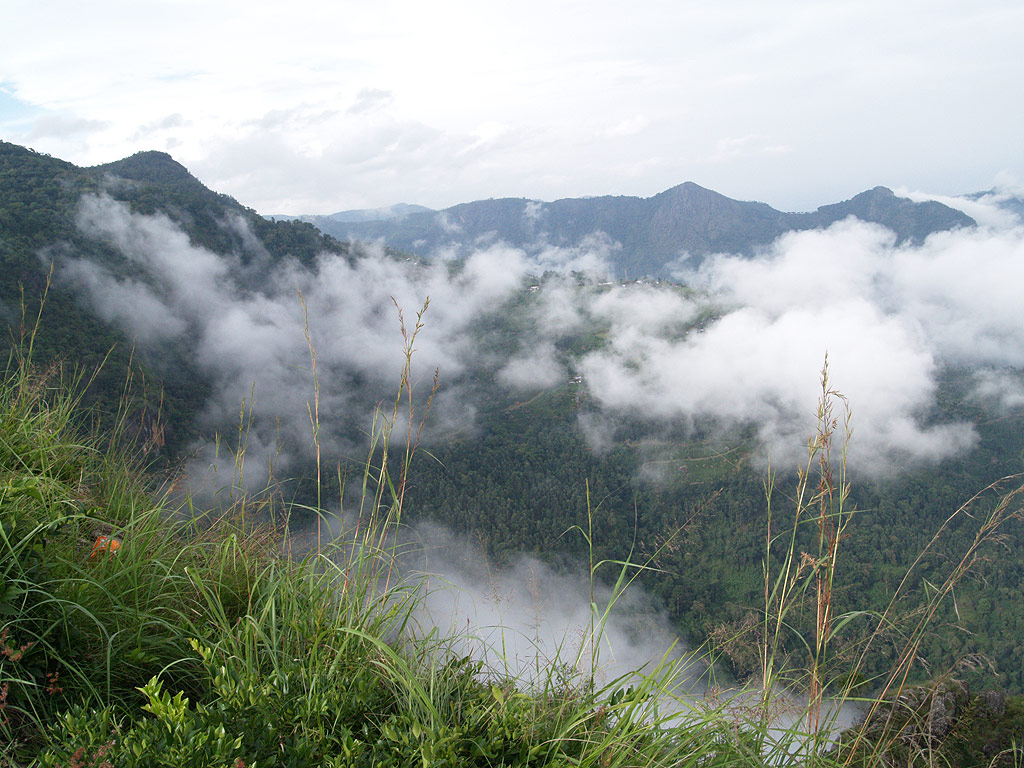The Impact of Rural Work on Spinal Well-being

In rural areas, the backbone of both economic activity and employment is rooted in the land. Farmers and laborers tirelessly cultivate fields and engage in the backbreaking labor of agriculture and natural resource extraction. While their work is essential, the physically demanding nature of these occupations takes a significant toll on their spine health, often leading to chronic pain and disabilities.
Agriculture is the cornerstone of rural employment, but it comes with a high physical cost. Daily tasks in farming involve repetitive motions, awkward postures, long hours of standing or bending, and lifting heavy weights. These activities, when performed over years without ergonomic support or protective gear, gradually damage the spine.
Farmers often spend hours bent over in fields, harvesting crops or weeding. Prolonged stooping contributes to disc herniation, lumbar strain, and postural deformities. Lifting and carrying sacks of grain, using outdated tools, and operating heavy machinery without training further aggravates spinal health.
Women, who form a large portion of the rural workforce, often perform dual roles—engaging in strenuous fieldwork while also managing household chores. Many carry water, firewood, and children on their backs for long distances. This not only intensifies spinal strain but also accelerates the degeneration of spinal discs and joints.
Economic Burden and Healthcare Inaccessibility
The spinal health crisis is further worsened by the economic challenges faced by rural communities. Many laborers and farmers live on minimal daily wages, with little to no savings. This financial instability severely limits their ability to seek medical help, especially for conditions that require long-term care or surgery.
Specialized spine care facilities are typically concentrated in urban areas. Rural healthcare centers are often ill-equipped, understaffed, or completely lacking in orthopedic or neurological expertise. This results in delayed diagnosis, inadequate treatment, and prolonged suffering.
In many cases, individuals continue working despite chronic pain or visible spinal deformities, simply because missing a day’s work means missing a day’s meal. This “suffer in silence” mentality is widespread, leading to conditions becoming irreversible or life-altering by the time medical attention is finally sought.
The Unseen Cost: Migration and Social Disruption
With rising physical discomfort and the hope for better healthcare and job opportunities, many rural workers migrate to urban centers. While migration may offer a temporary escape, it comes with its own set of emotional and physical challenges.
Migrants often lose their community support systems and face cultural alienation. Moreover, jobs in urban areas—such as construction, loading/unloading work, or factory labor—may be just as physically demanding and often come without medical insurance or safety regulations. Thus, spinal health continues to deteriorate, just in a different setting.
A Sustainable Solution: Empowerment through Access and Awareness
There is an urgent need to develop sustainable healthcare systems that cater specifically to the needs of rural laborers. The solutions must go beyond treatment—they should aim at prevention, education, and empowerment.
Here’s how:
-
Ergonomic Training: Teaching safe lifting techniques, correct posture, and use of protective gear can significantly reduce physical strain.
-
Technology in Agriculture: Introducing lightweight and ergonomic tools, along with mechanization, can reduce dependency on manual labor.
-
Mobile Clinics & Outreach Camps: Bringing medical professionals directly to remote villages ensures early diagnosis and treatment.
-
Awareness Campaigns: Educating communities about spinal health, symptoms of spine disorders, and when to seek help breaks the cycle of ignorance and neglect.
-
Affordable Access to Specialists: Creating referral systems between rural clinics and urban spine centers can help patients receive specialized care without financial exploitation.
The Spine Foundation’s Mission: Healing Beyond Hospitals
At The Spine Foundation, we are deeply committed to transforming rural spinal healthcare. Our belief is simple: Every individual, regardless of their geography or income, deserves access to pain-free movement and dignified healthcare.
Through our initiatives, we:
-
Deploy mobile spine clinics to reach the most inaccessible tribal and rural regions.
-
Conduct free spine surgeries for patients who cannot afford treatment.
-
Host community awareness programs to educate families about prevention, early signs, and care.
-
Collaborate with local authorities and NGOs to ensure sustained follow-up and rehabilitation for patients post-surgery.
Our efforts are not just about treating the spine—they’re about restoring livelihoods, rebuilding confidence, and empowering communities to live without chronic pain.
Conclusion: It’s Time to Strengthen the Backbone of Rural India
Rural laborers and farmers form the foundation of our economy, yet their spinal health is often the most neglected. As a society, we must recognize the physical demands they endure and the sacrifices they make every day. Ignoring their spinal well-being is not only a health issue—it’s a social injustice.
By investing in education, infrastructure, technology, and compassionate healthcare delivery, we can uplift these communities. Let us ensure that those who feed us, build our homes, and shape our landscapes don’t suffer in silence.
At The Spine Foundation, we’re on a mission to heal India’s backbone—one village at a time. But we can’t do it alone.
Join us. Support us. Spread the word.
Let’s build a future where every rural worker can stand tall—free from pain, full of purpose.







 Purulia (West Bengal): 27 Nov - 30 Nov 2025
Purulia (West Bengal): 27 Nov - 30 Nov 2025
 Bhachau (Gujarat): 04 Dec - 07 Dec 2025
Bhachau (Gujarat): 04 Dec - 07 Dec 2025
 Gadalur (Tamil Nadu) Feasibility Visit : 10 Dec - 11 Dec 2025
Gadalur (Tamil Nadu) Feasibility Visit : 10 Dec - 11 Dec 2025
 Kanpur (Uttar Pradesh) Feasibility Visit : 12 Dec - 14 Dec 2025
Kanpur (Uttar Pradesh) Feasibility Visit : 12 Dec - 14 Dec 2025
 Jalgaon (Maharashtra) : 11 Dec - 14 Dec 2025
Jalgaon (Maharashtra) : 11 Dec - 14 Dec 2025
 Silchar (Assam) : 18 Dec - 21 Dec 2025
Silchar (Assam) : 18 Dec - 21 Dec 2025
 Kankavli (Maharashtra) : 19 Dec - 21 Dec 2025
Kankavli (Maharashtra) : 19 Dec - 21 Dec 2025
